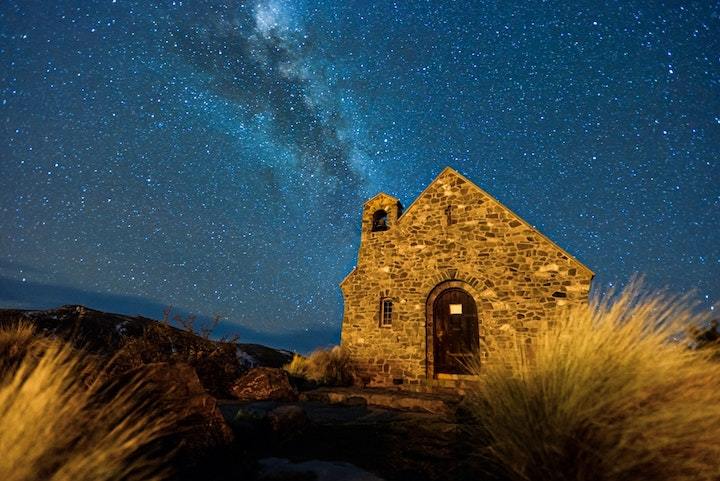5.02.2018
Can we learn more about dark matter by studying the oldest stars in the galaxy? Richard A Lovett reports.

Physicists wanting to learn about dark matter may need to look no further than the motions of the most ancient stars within our own galaxy, scientists say.
In a paper published in Physical Review Letters, a team of theoretical physicists has calculated that these stars can be used as dark matter tracers — revealing how fast it is moving as it speeds through our solar neighbourhood. The result might help scientists design better experiments for detecting the elusive substance.
Dark matter is an as-yet unidentified substance that comprises the vast bulk of the universe’s mass. Astrophysicists are convinced it exists because they can see its gravitational effects on distant galaxies (although one recent study has revealed some possible gaps in the standard theory). But so far, dark matter has resisted all efforts to detect it, even though waves of it should constantly be whizzing through the Earth.
Dark matter detectors work by looking for a rare “hit” between a dark matter particle and an atom of normal matter. That hit would cause the nucleus to “jiggle” a bit, says Mariangela Lisanti, an astroparticle physicist from Princeton University in the US, and one of the authors of the new study. “But if the dark matter is moving too slowly, it doesn’t have as much energy, so it will be harder to see,” she says. “You wouldn’t see the nucleus jiggle quite as much.”
In an effort to get a handle on the problem, her team turned to high-resolution models of how galaxies such as our own Milky Way are formed.
These models show that big galaxies like ours grow as smaller ones fall into them and are “eaten up”.
In the process, these smaller galaxies bring in not only dark matter, but stars, some of which remain today. Modelling this in detail, Lisanti says, showed that our galaxy’s oldest stars — remnants of these early galaxies that merged into our own — wind up being distributed in a pattern similar to that of the dark matter. They also wind up moving at the same speeds as the dark matter particles.
“These oldest stars are pointing to the tiny protogalaxies that merged to form the Milky Way,” she says.
Many of these stars surround our disk-shaped galaxy like a cloud of gnats, but others pass through the spiral arms, much closer to us. They are vastly outnumbered by younger stars like our sun, but by mapping them and measuring their speeds, Lisanti says, it should be possible to use them as “a sort of visible speedometer for the dark matter”.
Happily, she adds, the ability to do this may not be far in the future. A European Space Agency space telescope called Gaia, launched in 2013, is now in the process of tracking a billion stars for five to nine years. The first data release, last year, was “very preliminary,” Lisanti says. But more data is expected in April, based on 22 months of data collection between 25 July 2014 and 23 May 2016.
From Gaia’s accumulating data, Lisanti says, it should be possible to observe enough of these very old, rare stars (discernible by their chemical composition and spectral type) to learn a good deal about the speed and distribution of dark matter.
If so, it could be an exciting find. “Dark matter is probably one of the biggest unsolved mysteries in physics,” she says. In studying it, scientists are still unsure about its most basic properties, such as where it is, what it is, and how fast it’s moving. “This gets at one of these fundamental questions in a way in which you can come up with solid answers in the next few years. And when you’re working with dark matter, it’s hard to come up with solid answers, so this feels good.”
Quelle: COSMOS
